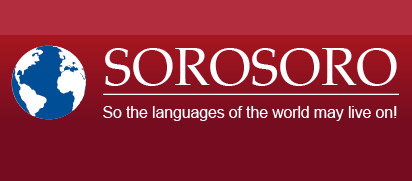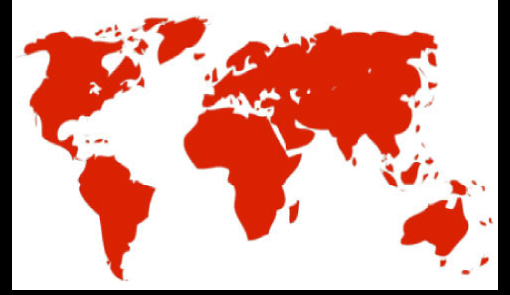Print  |
|


When dominating languages threaten plurilingualism in Oceania
Posted by Claire Moyse-Faurie on February 21, 2011
Last week Claire Moyse-Faurie described the Oceanian continent the leader of plurilingualism with its 2,000 languages (1/3 of the world’s languages) for only 250 million people (under 4% of the world population). She also explained how the practice of plurilingualism was natural and un-hierarchized until the colonization period. Today she proceeds by unveiling the mechanisms that gradually imposed dominant languages to the expense of local linguistic multiplicity.

BY Fabvirge – 4th Arts of Melanesia Festival, New Caledonia
The once pre-colonial plurilingual situation prevailing in Oceania was gradually undermined by policies implementing exclusively monolingual education, and disfavouring the practice of linguas franca in the entire political, administrative and educational spheres.
In New Caledonia especially, the French colonial administration and its centralist traditions did all they possibly could to reduce this linguistic proliferation they considered as an impediment, possibly a danger, to decent administration of the local population. Therefore the use of vernacular languages was forbidden by decree under governor Guillain, in 1863; no more than ten years after annexation. Vernaculars were forbidden all the way to schoolyards. And the written use of Kanak languages outside religion was harshly suppressed until 1970.
Along with political colonization, evangelization contributed to weaken an existing balance between these different languages, on an equal footing at the time regardless of the number of people who spoke them. Indeed some of them were favoured at the expense of others, thus drawing a hierarchy between those recognized and involved in the translation of religious scripts on the one hand, and those utterly ignored and made consistently inferior on the other.
The very multiplicity of languages in this part of the world eventually precipitated their own decline: suddenly drawn as rivals, they were forced to adapt, incorporate modern life and stand up towards the others, or on the contrary, confine to gradually narrower uses up to the boarders of extinction. Linguistic unity at country or territory scale might have made vernaculars stronger against the brutal contact with European languages at the times of colonization and evangelization.
More recently, following the migrations towards the towns and cities, numerous situations of plurilingualism have seen the light in urban areas. Yet this particular form of plurilingualism is uncontrolled, imposed outside any kind of customary exchange, within an economic context of competition and individualism. Displaced languages find themselves weakened, cut off from their traditional environment, spoken by a very small number of people, and totally marginalized.
And while plurilingual practices were once systematic, nowadays they are often regarded as a handicap – including by the speakers themselves –, especially script-less tradition vernaculars, banned from education, lacking « international value ».
The most endangered languages of Oceania are currently located in countries where balanced vernacular plurilingualism used to be the standard. In New Caledonia, for example, mutual respect has yielded to competition between languages recognized by the administration, religious or education authorities to the detriment of others struggling to survive the pressure of both the colonial language and the vernaculars favoured by proper recognition, and taken into account in the various institutions.
Restoring the pre-colonial conditions would be impossible. Recovering a balanced form of plurilingualism including every vernacular suggests proactive policies that would protect and value the most endangered of these languages, not only preserving their words and grammars in archives or books, but also making way for their use in everyday life, media and education, and thus comforting the parents in their duty of transmittal from one generation to another.








